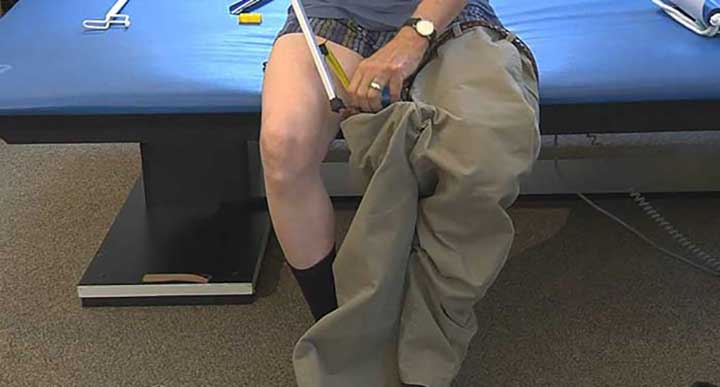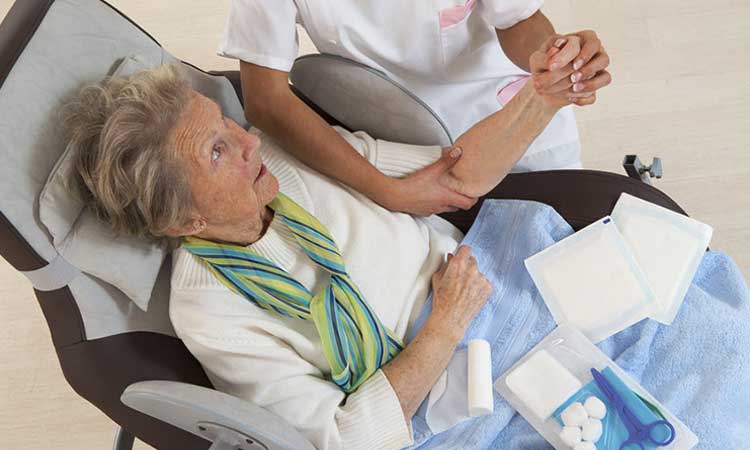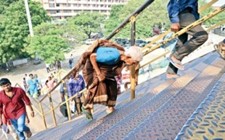 I read an article recently where it states that sitting for long periods is the new smoking.
I read an article recently where it states that sitting for long periods is the new smoking.
Till recently, say till about 2 generations ago, people were more actively involved in manual work involving standing, walking and running. However, with more work moving to the desk, we are finding most people spending at least 9 hours a day sitting at their desk.
These prolonged periods of inactivity, according to health experts, can lead to obesity, heart diseases, muscular issues including back problems, as well as dementia. The WHO has identified lack of physical activity as one of the biggest killers on this planet.
While most of these articles and TED talks are focused on the young, this is true for the ageing population as well. Especially because many elders spend even longer hours sitting. So, if you notice that you are sitting for long periods of time, please change your life style as soon as possible. Go for short walks more often, join an elder yoga class, stand around for longer periods or join a gym. This should help keep at least some of the problems at bay.
Having said that, there is at least one time when sitting is of paramount importance. And that is when you are trying to put on your underwear and trousers. Most of us, especially the men, do this while standing. As your flexibility decreases, the chances of your foot getting caught inside and making you trip increases quite rapidly. So, always, always sit down before your wear your clothes.
Now, if you are in the habit of wearing your clothes in the bathroom, the situation is even more dangerous. Yes, I know, you have been doing it for several years, practically since you started dressing yourself. Nevertheless, times have changed and you have become older.
Get a shower bench or shower chair for your bathroom. After you wipe yourself, quickly wipe the showerchair as well and then sit on it to wear your clothes safely.
Remember, a fall can lead to a lot of complications and additional dependency on others.
Sometimes, sitting is good.
 What is home health care?
What is home health care?
 One of the few roads in Chennai with a footpath. Notice how there is construction debris all over the pavement and the two ladies are being forced to walk on the road, risking the prospect of being run over.
One of the few roads in Chennai with a footpath. Notice how there is construction debris all over the pavement and the two ladies are being forced to walk on the road, risking the prospect of being run over. The picture on the right shows the true story. Look at how everyone is running to get into the bus. Notice the slower ones struggling to reach the bus. Imagine now that you are an old person incapable of running!
The picture on the right shows the true story. Look at how everyone is running to get into the bus. Notice the slower ones struggling to reach the bus. Imagine now that you are an old person incapable of running! This picture with the bent over old lady is a picture of the foot over bridge at the Chennai Central Railway station. The picture says it all.
This picture with the bent over old lady is a picture of the foot over bridge at the Chennai Central Railway station. The picture says it all. The city may soon get a 24-hour helpline for senior citizens in an initiative taken up by Young Men’s Christian Association (YMCA), in association with Sneha Sandhya and HelpAge India.
The city may soon get a 24-hour helpline for senior citizens in an initiative taken up by Young Men’s Christian Association (YMCA), in association with Sneha Sandhya and HelpAge India.